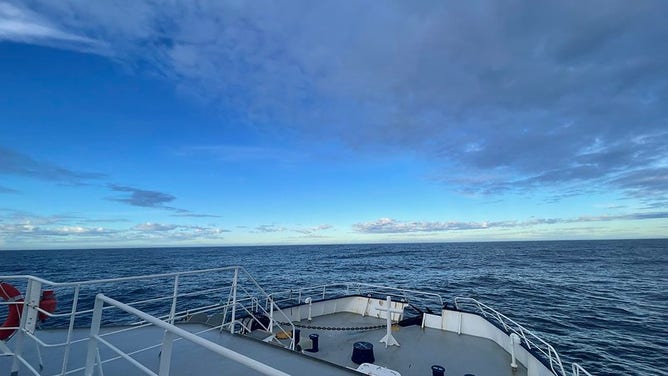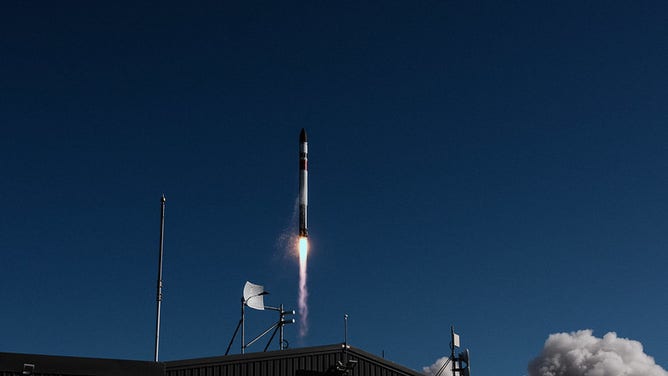Booster came back: Rocket Lab nabs Electron rocket after a 'dip' in Pacific Ocean
During the ride back to Earth, Rocket Lab said the Electron booster moved at speeds over 5,500 mph and experiencing 4,300-degree temperatures. Using parachutes the booster slowed down for a soft splashdown in the Pacific Ocean.
Rocket Lab 'Baby Come Back' launch from New Zealand
Re-watch the Rocket Lab Electron rocket liftoff on July 18 from New Zealand carrying NASA and commercial payloads to space. (Video by Rocket Lab)
MAHIA PENINSULA, New Zealand – After successfully launching seven ride-sharing satellites into space, Rocket Lab's booster came back to Earth, splashing down in the Pacific Ocean, furthering the space company's goal to reuse the small rocket.
Rocket Lab's Electron rocket launched Starling Cubesats for NASA and small satellites Space Flight Laboratory and Spire Global on Tuesday at 1:27 p.m. NZST from Launch Complex 1 in New Zealand. The company called this mission "Baby Come Back."
A secondary goal of the mission was to land the rocket booster in the Pacific Ocean, where a recovery vessel could scoop up the flight hardware. Rocket Lab is working toward reusing its first-stage boosters through its marine recovery efforts.
SEE THE ‘WHIRLWIND’ OF IMAGES TAKEN DURING JAMES WEBB SPACE TELESCOPE'S FIRST YEAR
About 2.5 minutes after launch, Electron's first stage separated from the second stage. The rocket's second stage continued on, delivering all seven payloads to orbit, while the first stage began its journey back to Earth.
During the ride back to Earth, Rocket Lab said the booster was moving at speeds more than 5,500 mph and experiencing 4,300-degree temperatures. Using parachutes, the booster slowed down for a soft splashdown in the Pacific Ocean.
"From there, Rocket Lab’s recovery team rendezvoused with the stage on the water, successfully bringing it onto a vessel using a specially designed capture cradle," the company said.
ROCKET LAB LAUNCHES NOAA PAYLOAD TO CONTINUE GLOBAL WILDLIFE, CLIMATE-TRACKING MISSION
The company initially planned to catch the Electron boosters using a helicopter but early in 2023 switched to picking the booster up after it "comfortably survives a dip in the ocean," according to Rocket Lab.
The "Baby Come Back" mission rocket featured new water-proofing upgrades to help the booster fare better at sea.

The Electron rocket booster comes back to Earth landing in the Pacific Ocean off the coast of New Zealand on July 18, 2023. (Image credit: Rocket Lab)
(Rocket Lab)
"We also used a new, lighter parachute system to assist with flotation, and this was the first mission to use a two-point lifting crane to retrieve Electron’s first stage from the water onto the recovery vessel," Rocket Lab said in a news release.
Electron's booster is headed back to Rocket Lab’s production complex for review to help inform future recovery missions.


